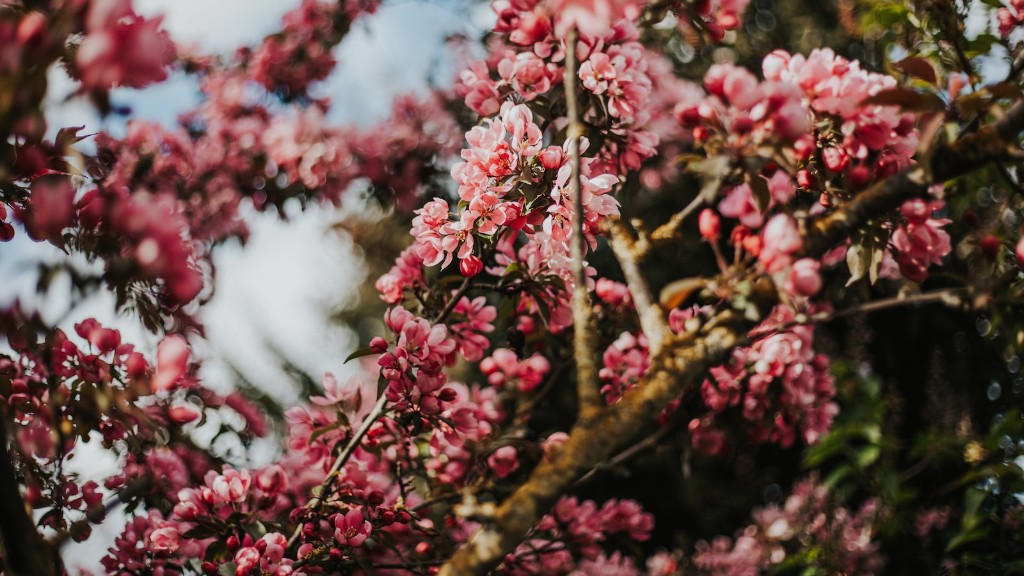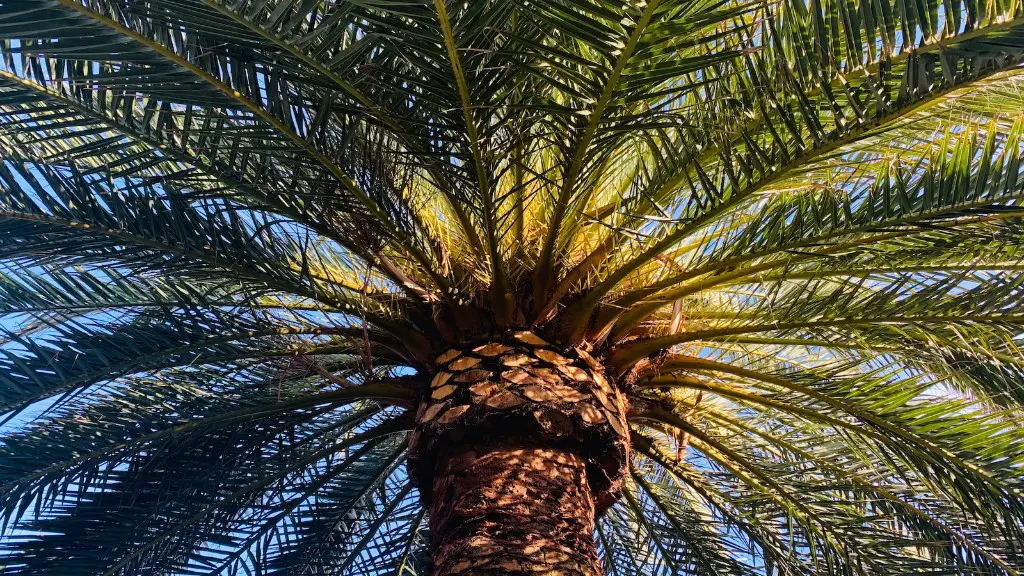Background Information
Cherry pits, also known as cherry stones or cherry kernels, are the hard, dark, dry pits that come from cherries. It is possible to grow a cherry tree from cherry pits, as they contain viable seeds that contain the genetic material necessary to create a new cherry tree. Growing a cherry tree from a pit is not a complicated process and doesn’t require too much effort. However, there are a few things to be aware of before attempting to grow a cherry tree from a pit.
The Process of Growing a Cherry Tree
The process of growing a cherry tree from a pit is relatively straightforward. First, the cherry pits must be collected from ripe fruits or purchased from a grocery store. It is important to select fresh, unprocessed cherry pits that have not been exposed to heat or chemicals. Once collected, the pits should be kept in a cool, dry area, away from direct sunlight.
Next, the cherry pits must be prepared for planting. This involves breaking open the pits and removing the cherry seeds. It is best to use a hammer or a nutcracker to gently break open the pits. Once the seeds are removed, they must be pre-soaked in water for two to three days. After the initial pre-soak, the seeds must be planted in pots or outdoor containers. Cherry seeds should be planted two to three inches deep in a potting mix.
Once planted, the cherry seedlings should be watered regularly and kept in an area that receives plenty of sunlight and airflow. After around two to three months, the seedlings should be ready to be transplanted outdoors into full-sized cherry trees.
Pros and Cons of Growing From Cherry Pits
Growing cherry trees from cherry pits has a few advantages. One of the main advantages is that it is generally much cheaper than purchasing a mature cherry tree from a nursery. In addition, it is also an environmentally friendly alternative to purchasing a tree from a nursery.
However, there are also some disadvantages to growing a cherry tree from a pit. The main disadvantage is that it is difficult to predict the quality or flavor of the fruit that will be produced from the cherry tree. Additionally, it can also be difficult to predict how long it will take the cherry tree to reach maturity.
Potential Problems and Pests
When growing a cherry tree from a pit, there are also some potential problems and pests to be aware of. The main problem to be aware of is insufficient water. Trees need access to adequate moisture in order to thrive, and if a cherry tree is not watered properly, it will not survive. Additionally, cherry trees are susceptible to infection from pests and diseases, so they should be monitored regularly.
Expert Advice
According to experts, it is possible to successfully grow a cherry tree from a pit, but it is not an easy task. One of the main challenges is obtaining fresh and viable cherry pits, as these are essential for successful germination and growth. Additionally, it is important to ensure that the cherry tree is planted in an area that receives plenty of sunlight and airflow.
Suggested Actions
For those interested in growing a cherry tree from a pit, one of the key steps is to start with fresh cherry pits and a well-draining potting mix. It is also important to monitor the tree regularly to check for signs of infection and unwanted pests. Additionally, it is important to water the cherry tree on a regular basis and ensure that it has access to adequate moisture.
Analysis and Insight
Growing a cherry tree from a cherry pit requires a bit of research and effort, but it can be done. It is important to start with fresh, viable cherry pits and prepare them properly before planting. Additionally, it is essential to make sure the cherry tree is planted in an area that is well-drained and receives plenty of sunlight and airflow. With the right preparation and care, it is possible to successfully grow a cherry tree from a pit.
Growing Cherry Trees in Other Areas
Cherry trees can also be grown in areas other than those mentioned above. For those living in warmer climates, cherry trees can be planted directly in the ground. However, it is important to keep in mind that cherry trees need to be protected from cold weather and may require winterizing. Additionally, it is important to research the soil type and climate conditions of the area before attempting to grow a cherry tree.
Harvesting and Storing Cherries
Once the cherry tree has reached maturity, it will begin to produce cherries that can be harvested and enjoyed. It is best to harvest the cherries when they are ripe, as unripe cherries may have a sour taste. Additionally, it is important to keep in mind that cherries have a relatively short shelf life, so it is best to consume them as soon as possible after harvesting.
Cherry Tree Maintenance and Pruning
Once the cherry tree has been planted and is producing cherries, it is important to maintain it properly. This includes providing adequate water, sunlight, and fertilizer. In addition, cherry trees should be pruned regularly to remove dead or weak branches and promote fruit production. When pruning, it is important to make sure that the branches are not cut too short, as this can reduce the lifespan of the cherry tree.


